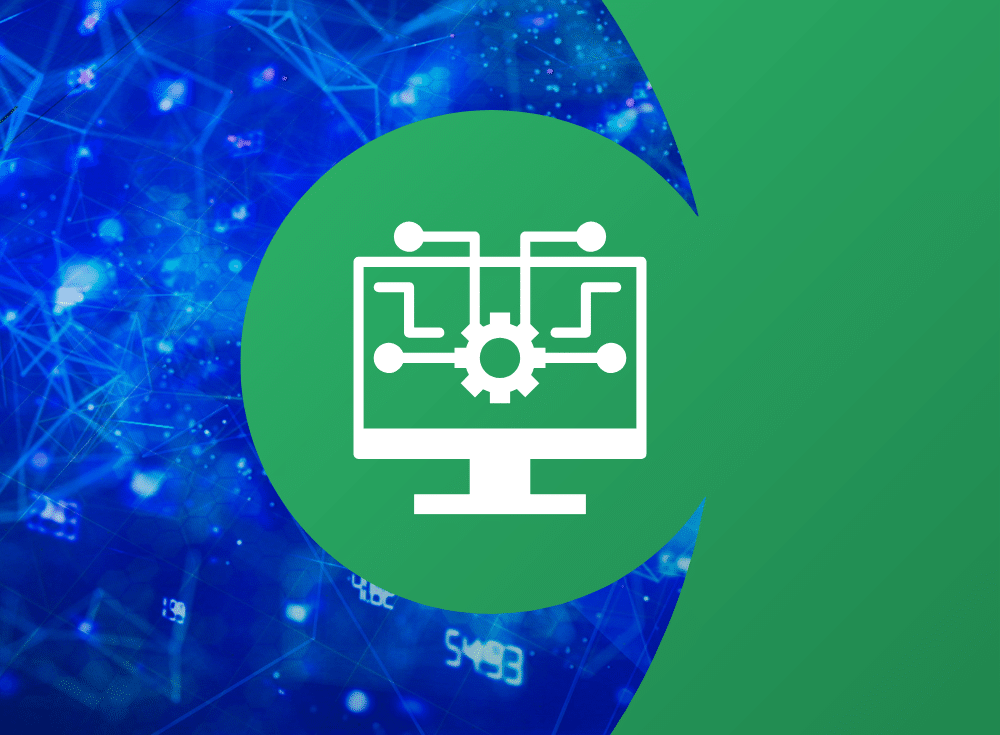An eye on observability for July 2021

Welcome to the first installment of a monthly look back at the latest news in observability and the related cloud-native landscape. If you have any stories you think are worth considering, get in touch.
As much of the northern hemisphere basks in glorious sunshine and slides into vacation mode, it’s not been the most active month, but here are a few interesting tidbits for you.
New Relic offers Pixie
After a brief and bright moment in the limelight, Pixie labs announced they were joining New Relic and open-sourcing their code base to the CNCF in December 2020. However, there was never any doubt that Pixie would form part of the New Relic offering at some point, and this month the company formally announced its integration to improve its Kubernetes monitoring.
Pixie is one of a handful of observability tools that offer eBPF or kernel-level observability without instrumentation.
Identifying a Glitch
OK, this is from February 2021, but this is the first issue, so there’s some catching up to do. Glitch is a developer collaboration and hosting platform that simultaneously hosts myriad different complexity applications, running in multiple languages. How do you debug issues with that kind of setup? And how do you keep your costs manageable?
The February issue of increment has an insightful article from Glitch’s engineering manager, Mads Hartmann detailing how they did just that.
OpenTelemetry moves to CNCF incubation
Since joining as a sandbox project in May 2019, OpenTelemetry has worked hard to create a more standard and open framework for handling telemetry data in the cloud-native ecosystem.
Earlier in July, it gained the votes it needed to move into incubation status, which means they now deem the project ready for early adopters to start implementing.
Move without trace
Matt Klein, an engineer at Lyft and creator of Envoy proxy, sparked quite a discussion around the value of distributed tracing versus the effort in implementing it with his comment “I find myself increasingly saying that distributed tracing has one of the worst effort/cost to value ratios in the history of our industry.”
I find myself increasingly saying that distributed tracing has one of the worst effort/cost to value ratios in the history of our industry. The amount of 💰 poured in compared to useful output is staggering.
(I briefly considered turning off replies on this one. Be kind. 😂)
— Matt Klein (@mattklein123) July 27, 2021
What do you think? What are your experiences? Head over to Twitter, dust off those keys, and weigh in on the discussion!
Kubernetes 1.22
Likely released by the time you read this, Kubernetes version 1.22 will be available, as it is due for release in early August. It’s a point release, so don’t expect any major changes. The release primarily focuses on removing deprecated API endpoints and, consequently, changes to a handful of resources using those APIs, including custom resource definitions (important in the Prometheus world). You can find more details of these APIs in the Kubernetes deprecation guide for 1.22 and a complete list of enhancements and features.
Is Kubernetes a future COBOL?
Mike Loukides, Vice President of Content Strategy for O’Reilly Media posed an interesting question a couple of months ago. Will our increasing reliance on Kubernetes and wider infrastructure as code cause problems in the not too distant future? We tend to think that whatever we use now as a standard will surely stick around forever, but older folks in technology know this is not always the case. Could we find entire swathes of industry unable to manage or update crucial infrastructure as no one understands Kubernetes or obscure YAML files anymore? Only time will tell.
See you next month 👋
That’s all for this month, tune in next month for my round-up of the relevant news, and feel free to get in touch with any stories that interest you in the meantime.
Share This:
Table Of Contents
Most Recent:
Ready to see it in action?
Request a demo for an in depth walk through of the platform!


